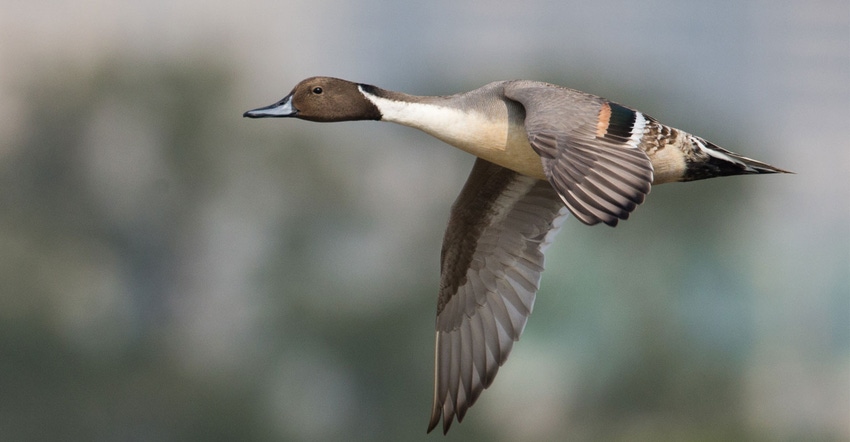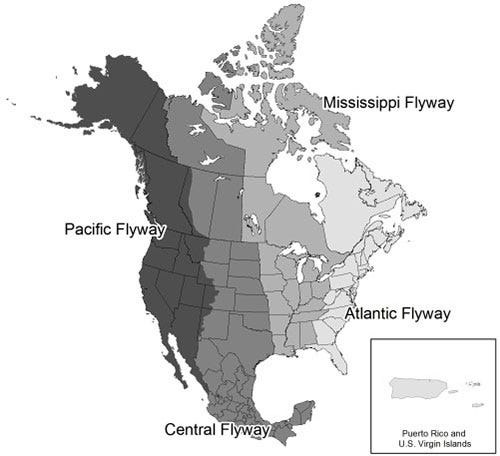February 2, 2022

With multiple cases of highly pathogenic avian influenza (HPAI) recently identified in North America, the Minnesota Board of Animal Health encourages flock owners to be aware and to practice biosecurity on their farms.
According to the January MBAH Animal Bytes newsletter, Canada has confirmed two cases of HPAI (Eurasian H5N1) in exhibition flocks and wild birds in Newfoundland. USDA has recently reported HPAI (Eurasian H5N1) in a wild American wigeon and a blue-wing teal in South Carolina, and in a northern shoveler in North Carolina. This Eurasian H5N1 virus is related to the HPAI viruses currently circulating in Europe and Asia, and the virus that caused the 2014-15 HPAI in Minnesota and elsewhere in the U.S.
Because there is crossover of birds between the North American flyways, MBAH officials said this greatly increases the possibility of HPAI coming to Minnesota.

“The need for poultry producers to practice good biosecurity, increase surveillance and report sick birds is crucial during the spring wild bird migratory season,” the newsletter says. MBAH asks that flock owners:
• Know the signs of low pathogenic avian influenza, and call your veterinarian if you see them. Signs of LPAI in poultry are typically mild and can easily go undetected. In some flocks, birds may be quiet, lack energy, not eat well, cough and/or sneeze, and show a decrease in egg production.
HPAI in poultry is a very serious disease that spreads very quickly. Flocks infected with HPAI will appear extremely depressed. They will be quiet and may experience a sudden increase in birds dying without any clinical signs. Birds may have a lack of energy; not eat well; show a decrease in egg production; have swelling and/or purple discoloration of the head, eyelids, comb, wattles and hocks; and have a difficult time breathing.
• Review and follow through on your biosecurity practices. Review proper protocols for entering the farm and the barn. If the virus doesn’t cross into the bird holding areas, it can’t infect your birds. Reduce the number of times anyone comes enters the bird holding areas.
Influenza viruses may be in or on bird carcasses brought home from hunting, fishing and trapping activities. Dogs, their collars, your clothing and vehicles may all be contaminated. Anything that comes into contact with wild birds or their environment (mud, water, ground, etc.) should be considered highly dangerous and should not have contact with poultry flocks.
• Avoid contact with dead birds. Dead birds found on the farm should be disposed of in a way that does not risk contact with your poultry. Birds can be disposed of by bagging and placing the corpses in the garbage. Avoid contact with your poultry and their environment until clothing and footwear are cleaned and changed.
If your flock is exhibiting any of the clinical signs of influenza, or you believe they might have been exposed to birds with the disease, immediately call your veterinarian.
If you do not have a veterinarian, call the Minnesota Poultry Testing Laboratory at 320-231-5170. Call the Minnesota duty officer if it is after hours or on the weekend at 800-422-0798.
If you see wild bird mortality, call the Department of Natural Resources at 651-296-6157 or 888-MINNDNR (646-6367).
Source: Minnesota Board of Animal Health, which is solely responsible for the information provided and is wholly owned by the source. Informa Business Media and all of its subsidiaries are not responsible for any of the content contained in this information asset.
You May Also Like




